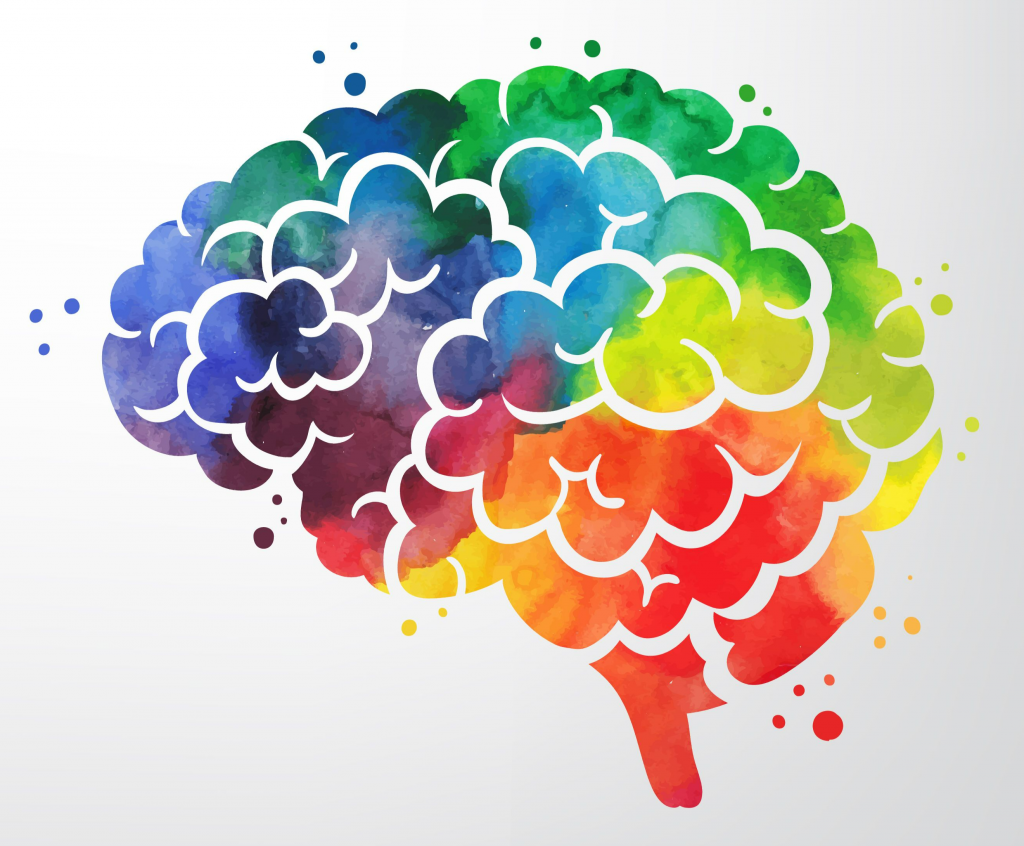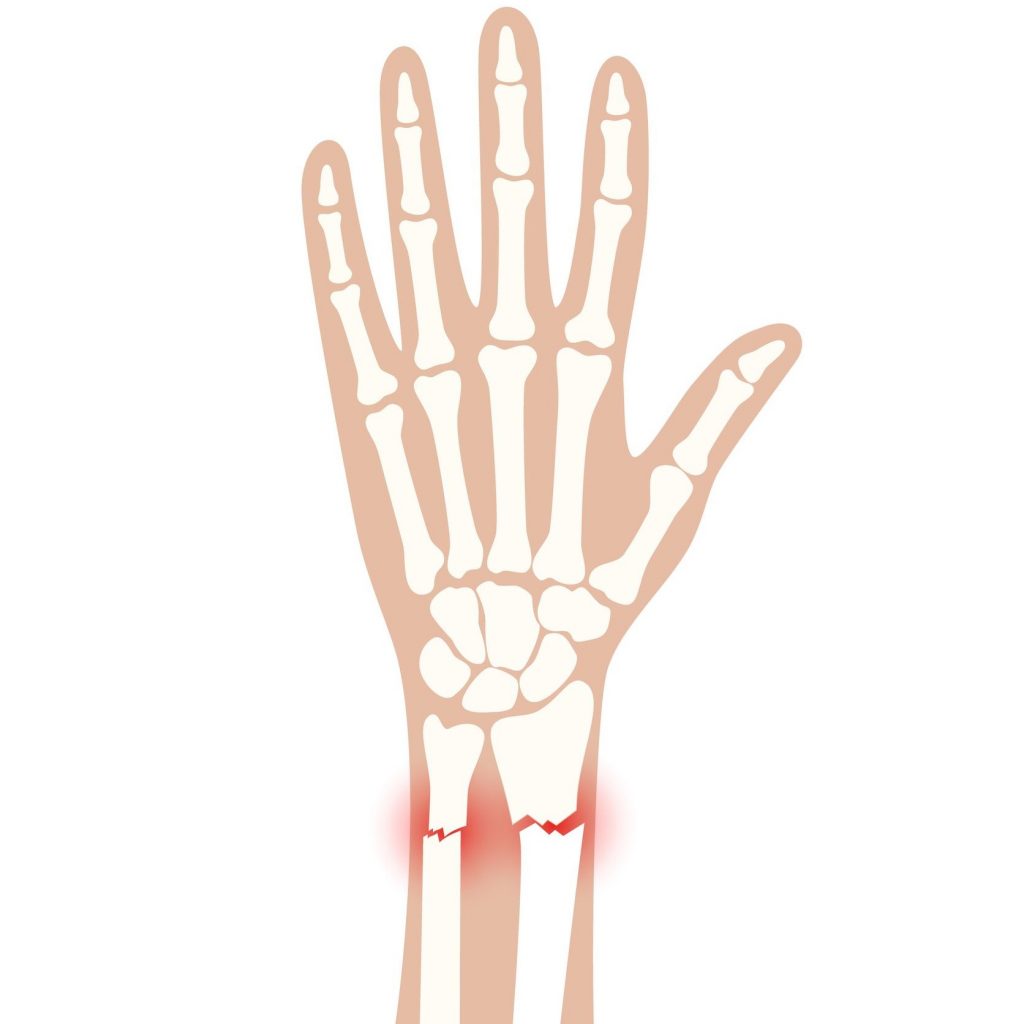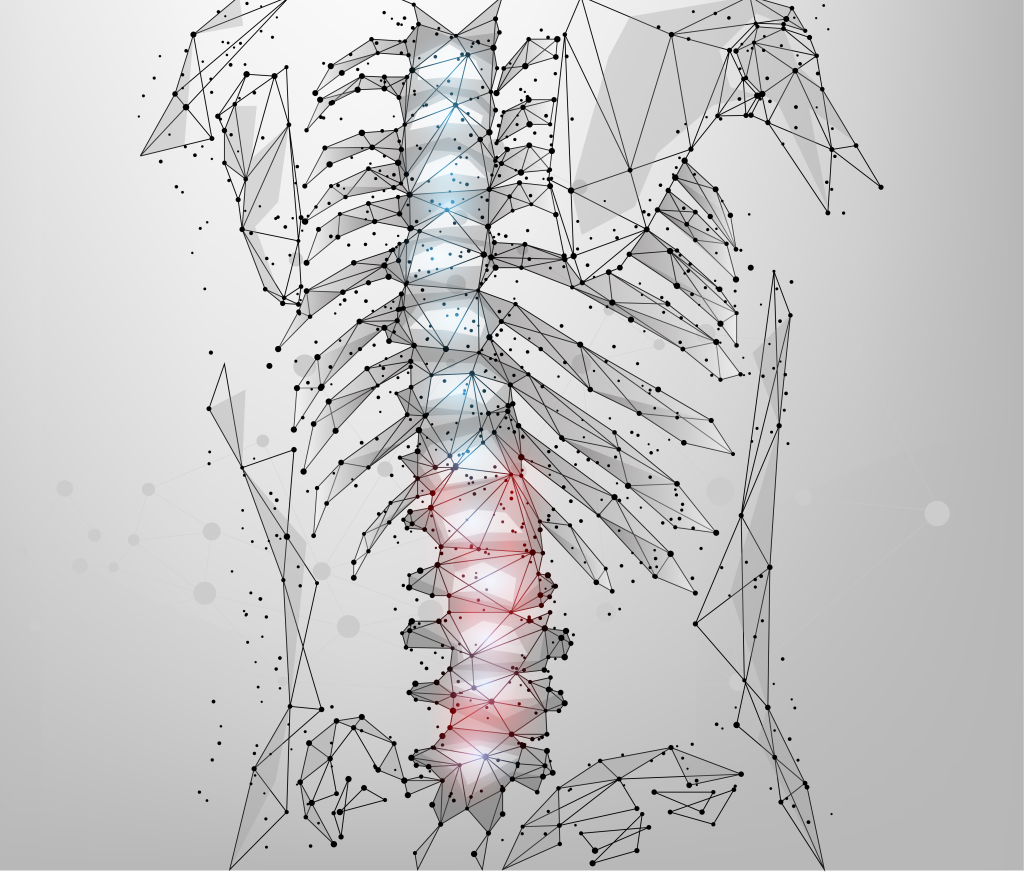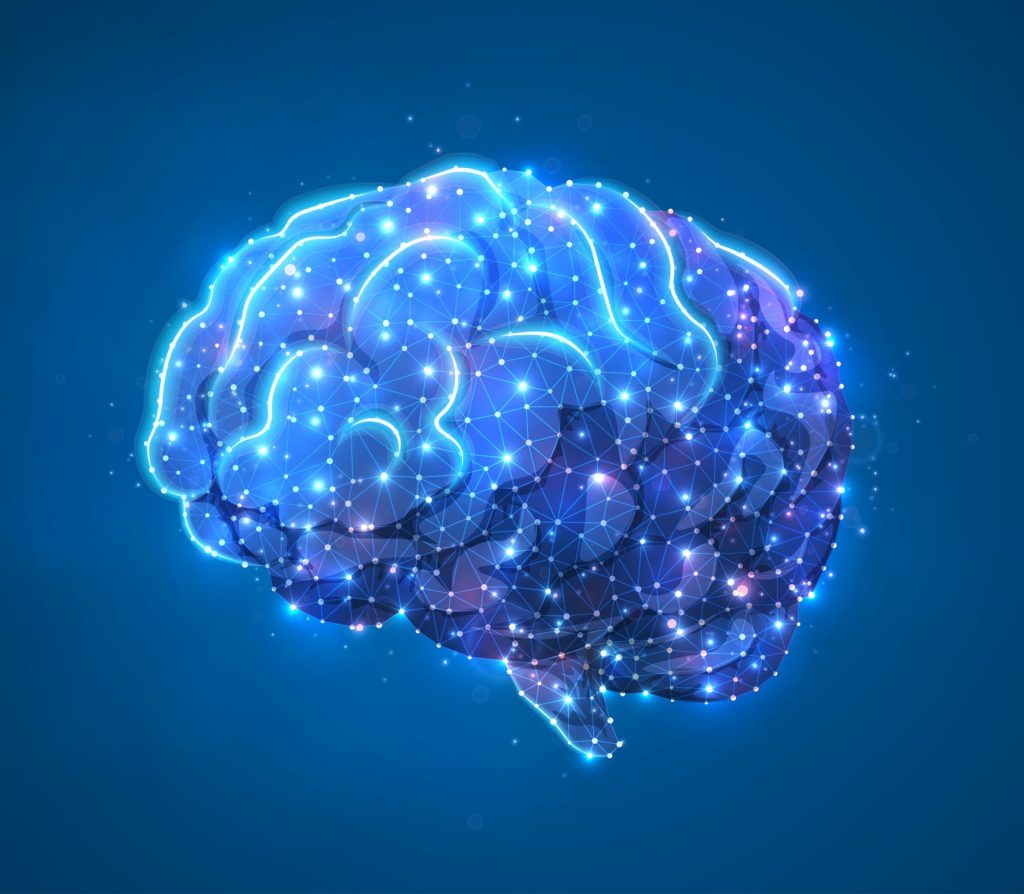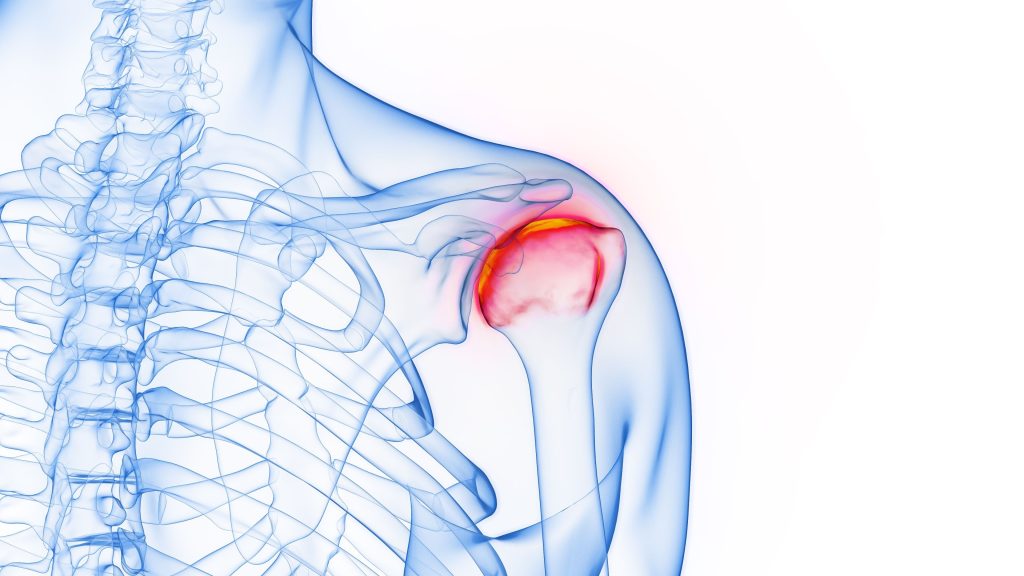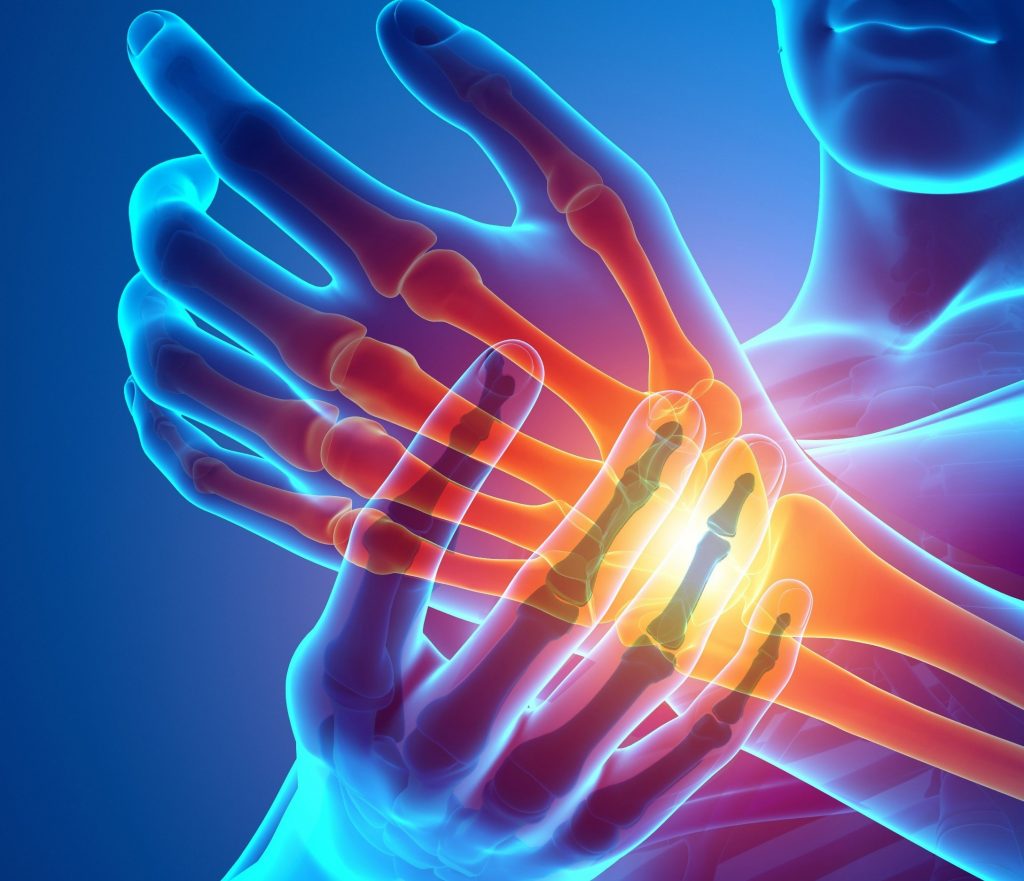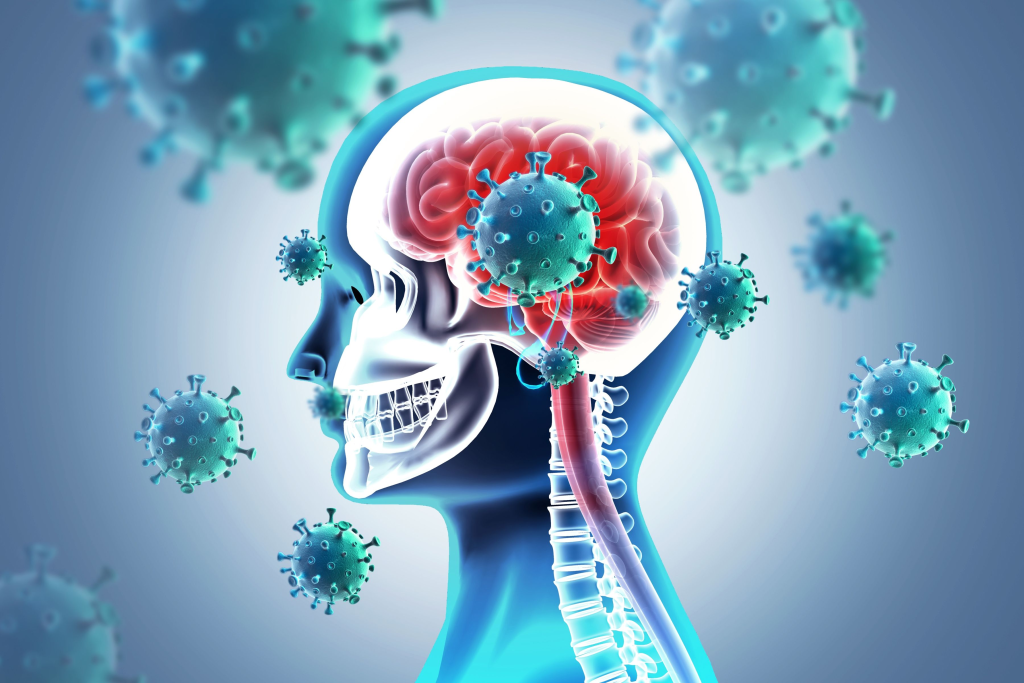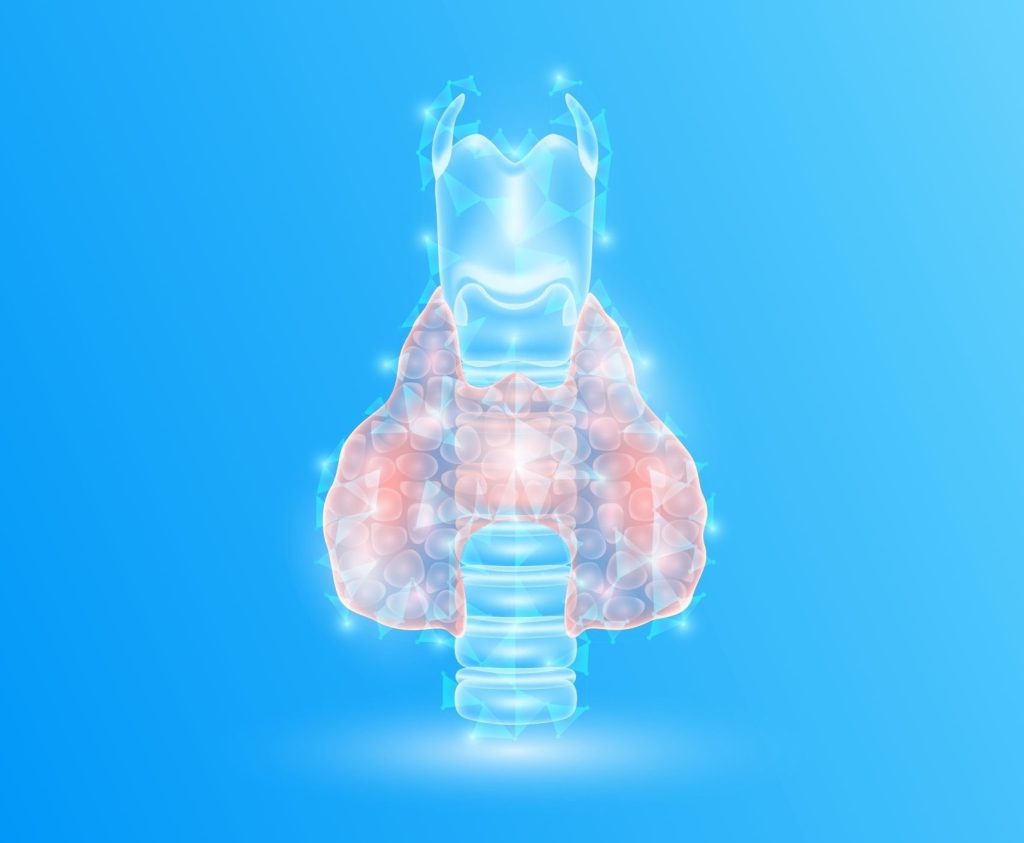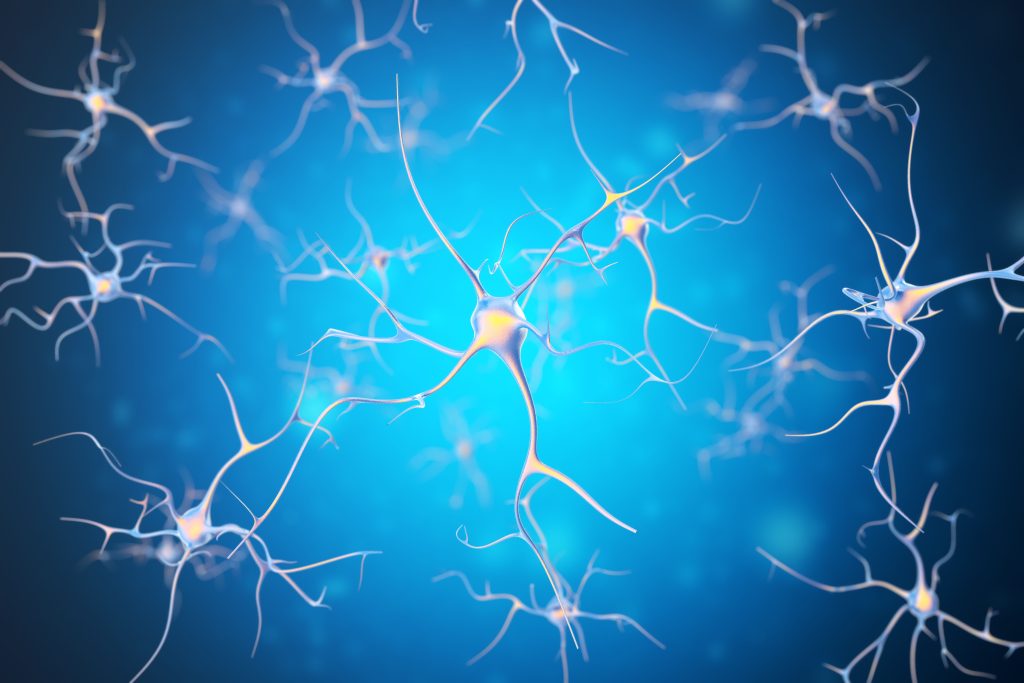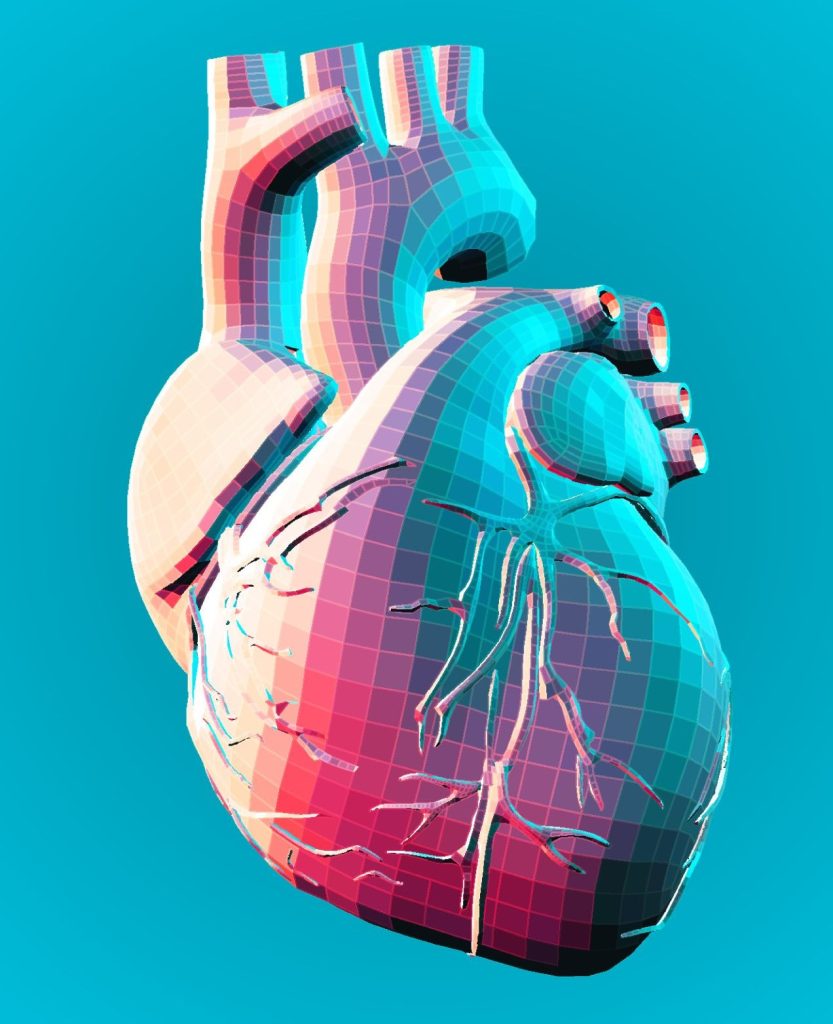
This week we are taking a look at some ailments that can directly or indirectly affect heart function. There are many extremely common conditions, which, depending on severity, can range from insignificant to potentially fatal disorders. Patient history is just as important as objective testing when it comes to cardiac patients. This is because many […]

